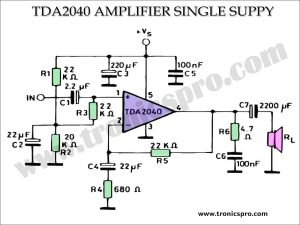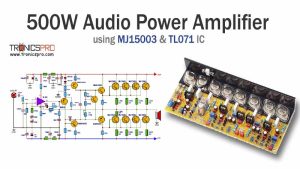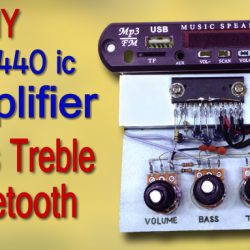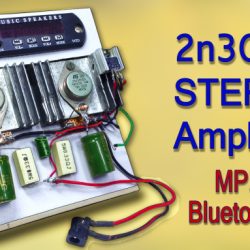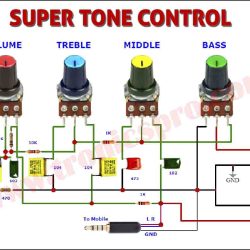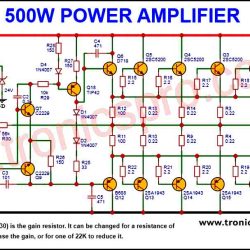Introduction
A stereo amplifier NE5532 circuit can be an ideal way to upgrade your sound system. It’s a two-channel amplifier that uses two NE5532 op-amps to boost both audio channels, improving the overall sound quality and volume of your speakers. With the right components for it, the amplifier provides an output power of up to 30 watts RMS into each load. Making it a powerful choice for even large-room audio systems. Additionally, its low-distortion design gives you clean and crisp sound reproduction with minimal signal distortions. So you can enjoy music as close to its original as possible. All in all, this is a great way to experience true and high-fidelity audio listening experience.
Circuit Diagram
of Stereo Amplifier NE5532 Circuit
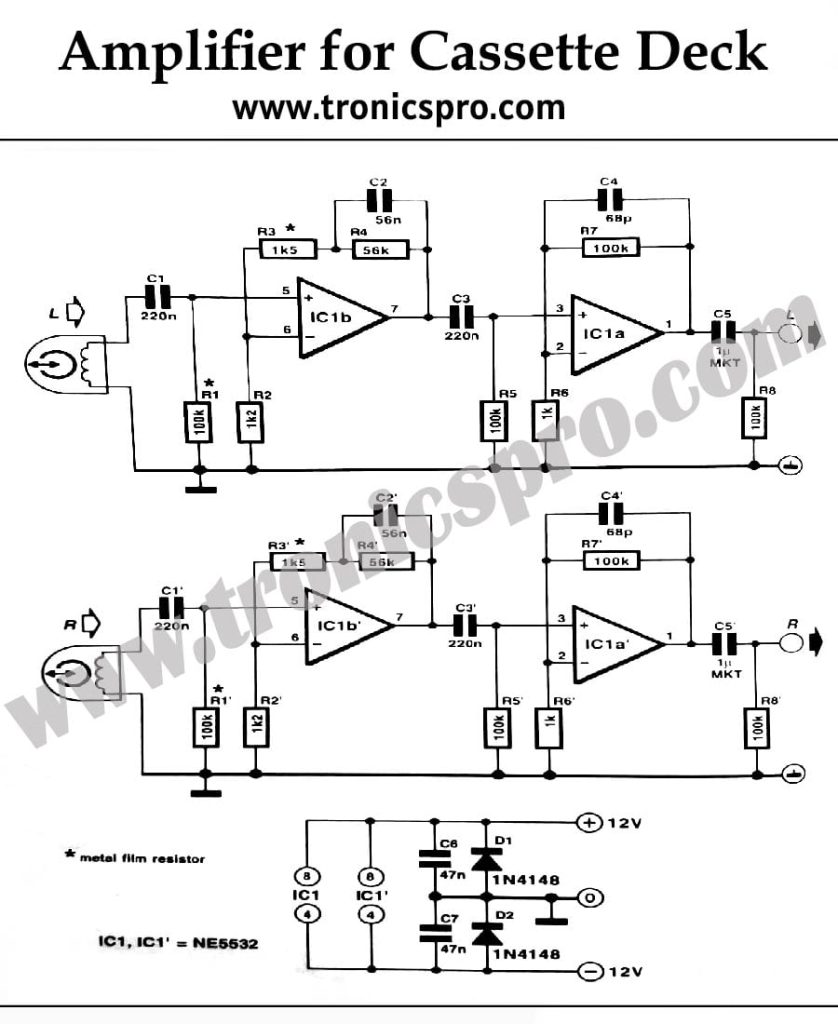
More Circuit Layouts
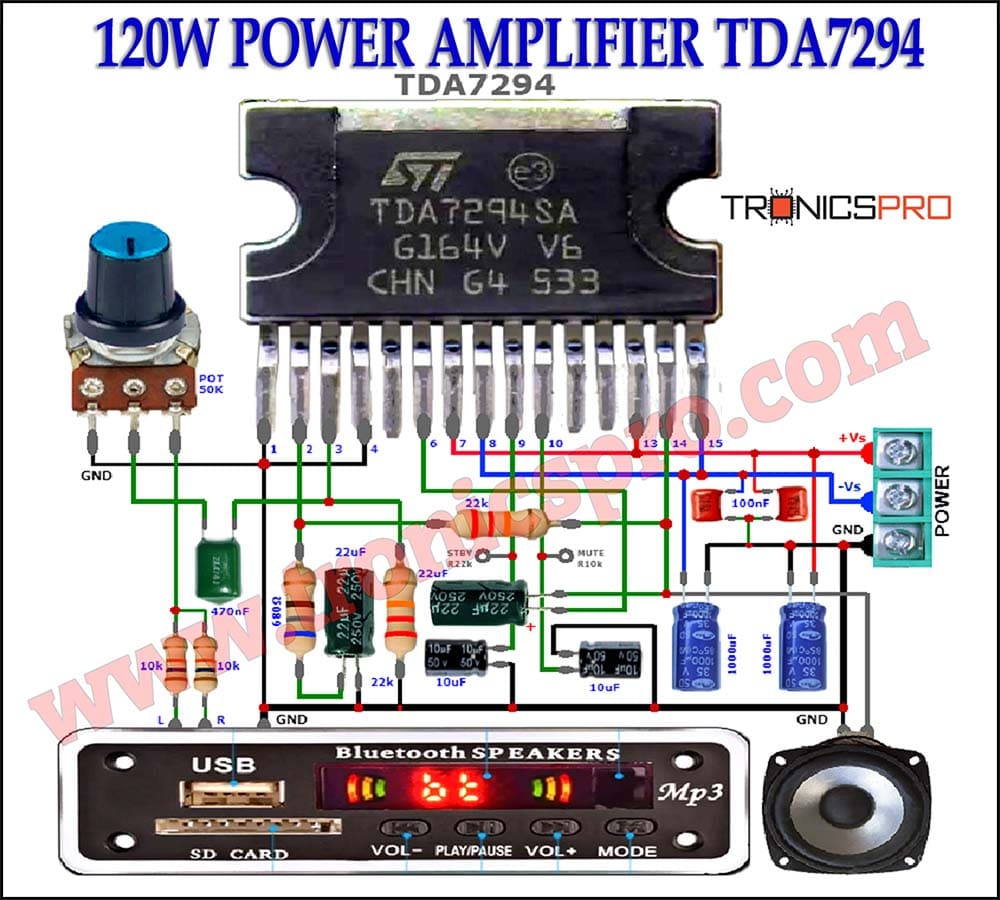
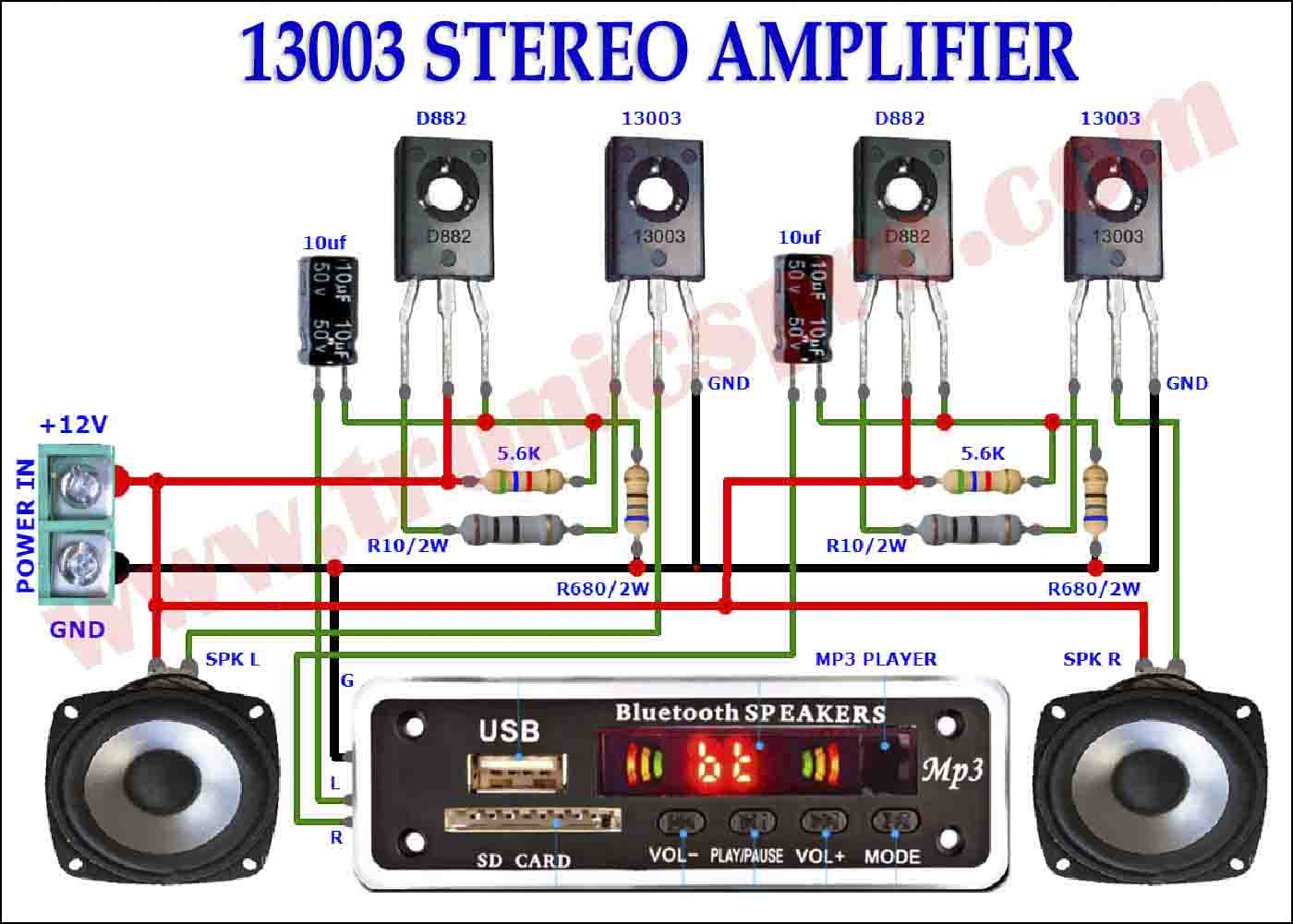

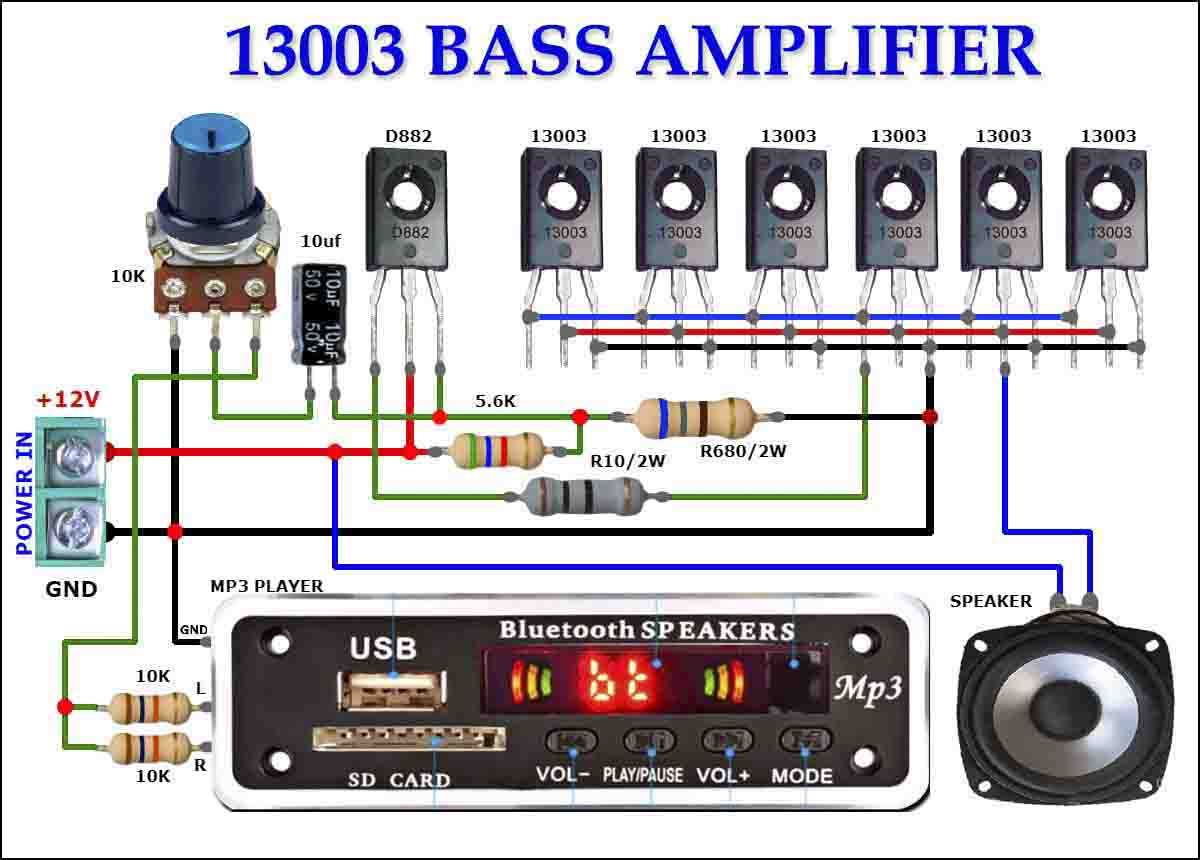
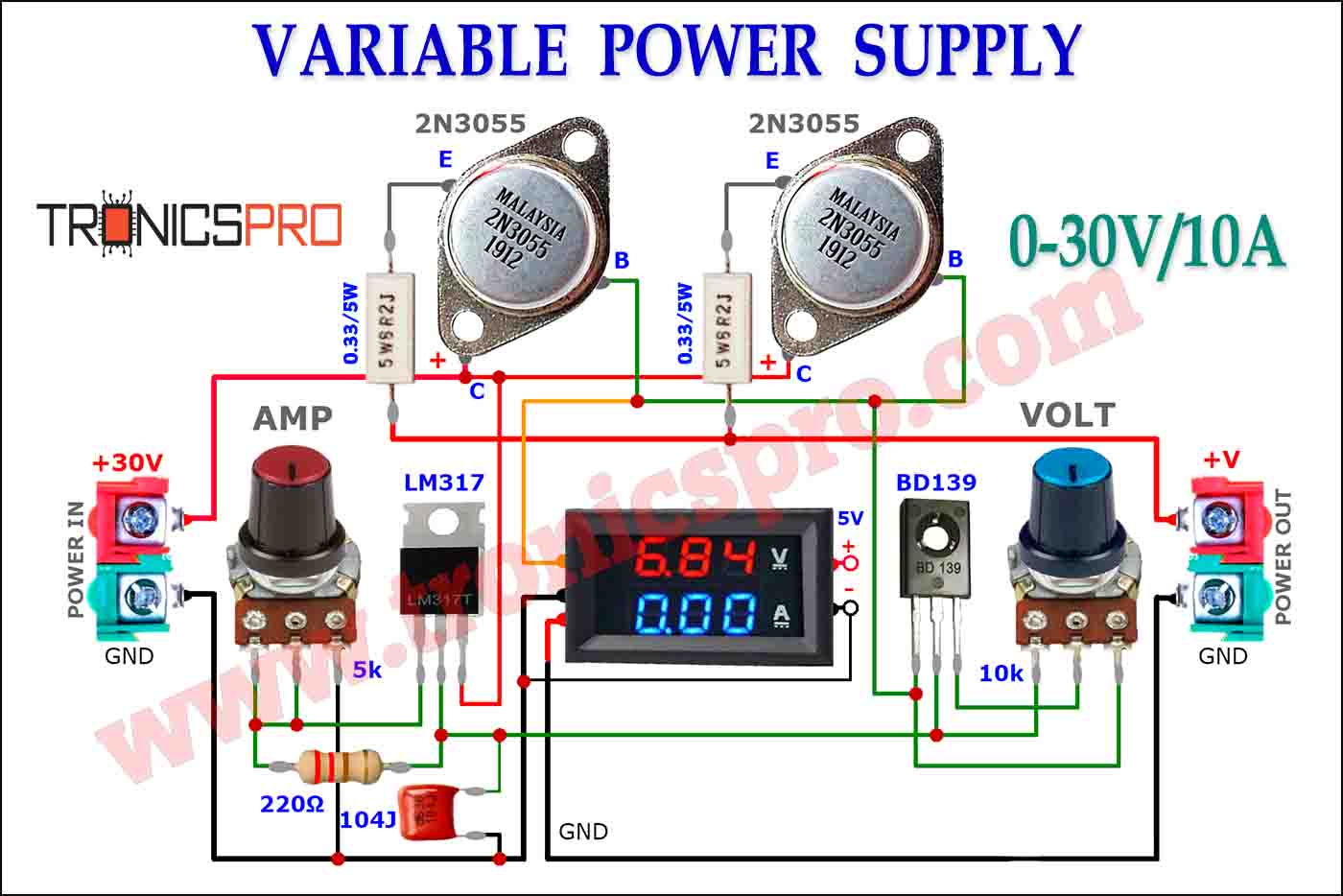
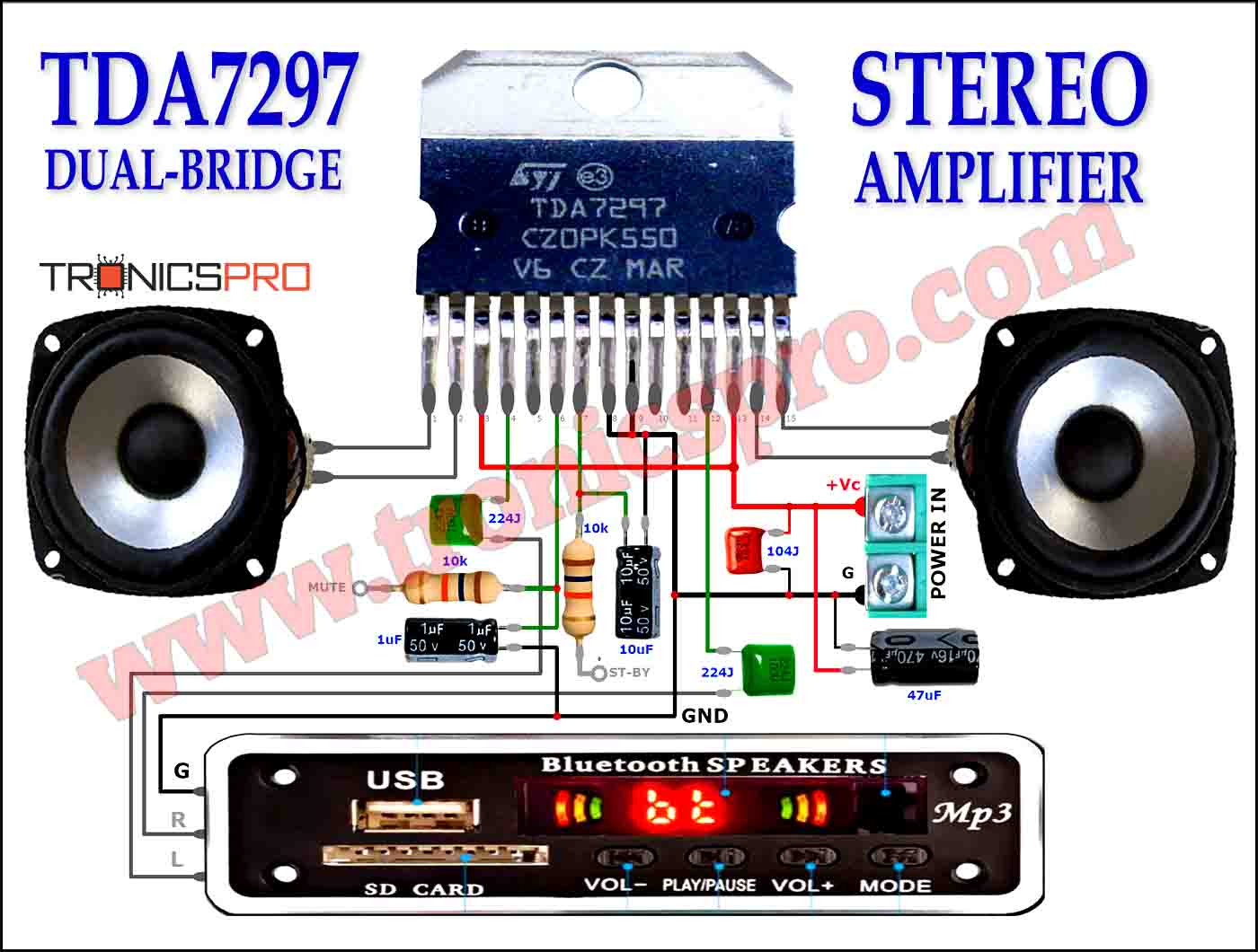

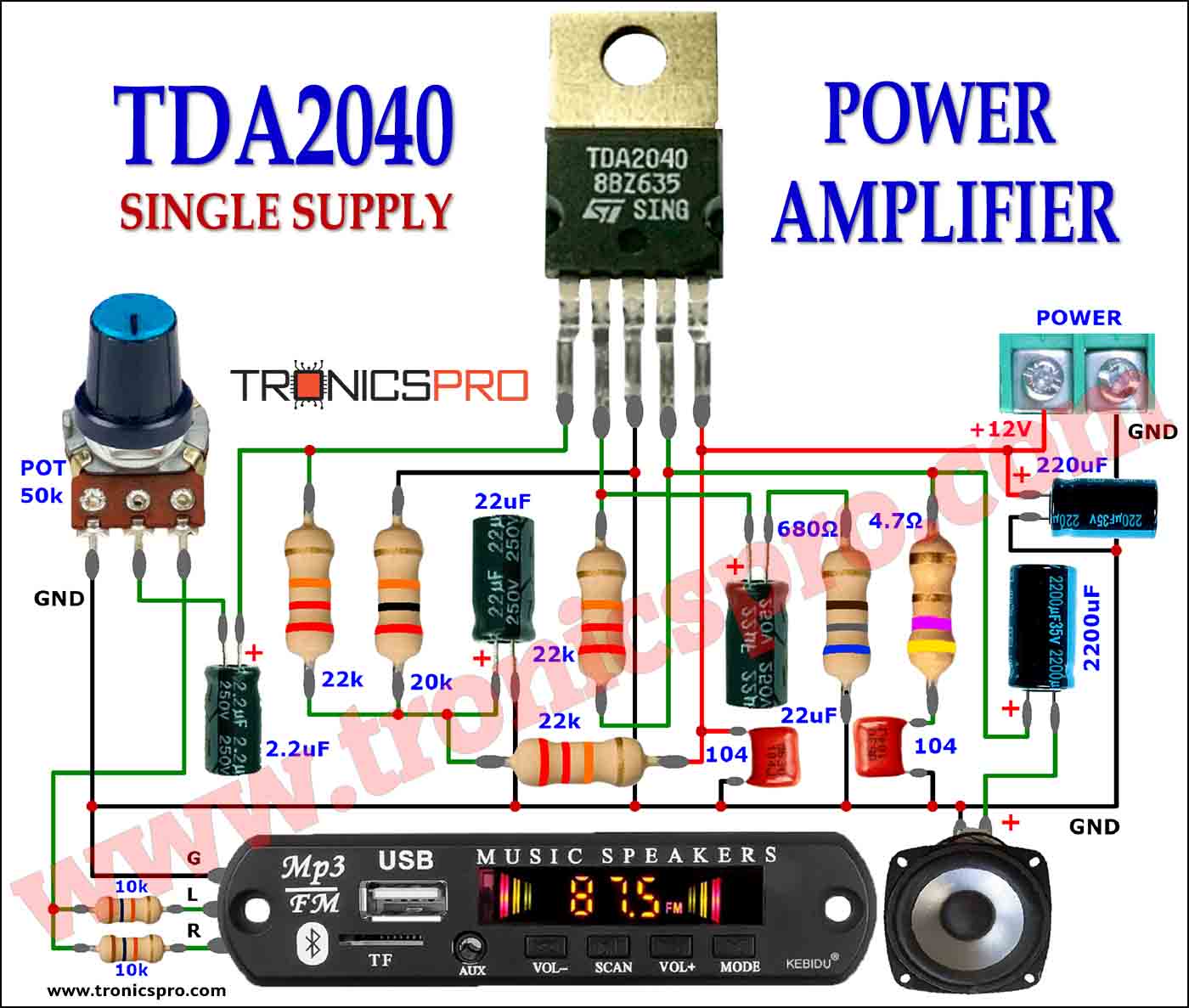
Working Explanation
of Stereo Amplifier NE5532 Circuit
For some time now, there have been a number of tape cassette decks available at low charges from mail-order groups and electronics stores. Such decks do now not include any electronics, of course. It isn’t always easy to build a recording amplifier and the pretty complicated magnetic biasing circuits, but a playback amplifier isn’t too tough as the present one shows.
The stereo circuits in the diagram, together with an appropriate deck, form a very good-best cassette participant. The distortion and frequency range (up to 23 kHz) are too good standards. Moreover, build the circuit on a small board for incorporation with the deck in a suitable enclosure.
Both terminals of coupling capacitor C1‚ are at ground potential when switching on the amplifier. Due to the symmetrical ±12 v deliver strains, the capacitor will now not charge. An unmarried supply is used, and the preliminary surge while the capacitor is being Charged causes a loud click within the loudspeaker and, worse, magnetizes the tape.
The playback head provides an audio signal at a level of 200-500 mV. The two amplifiers raise this to line level,. Not linearly However in accordance with the RIAA equalization characteristic for tape recorders. Broadly speaking, this characteristic divides the frequency range into three bands:
- up to 50 Hz, similar to a time steady of three.18 ms, the signal is particularly and linearly amplified.
- Between 50 Hz and 1.326 kHz, corresponding to a time constant of 120 µs, for normal tape. Or 2.274 kHz, corresponding to a time constant of 70 µs. For Chromium dioxide tape, the sign is amplified at a step-by-step lowering charge.
- Above 1.326 kHz or 2.274 kHz, as the case may be, the signal is slightly and linearly amplified.
A1‚ (A1′) entirely determined this characteristic. To make the amplifier suitable for use with chromium dioxide tape, add a double-pole switch (for stereo) to connect a 2.2 k resistor in parallel with R3 (R3′).
The output of A1‚ (A1′) is applied to a passive high-pass rumble filter, C3-R5 (C3′-R5′) with a very low cut-off frequency of 7 Hz. The components of this filter have exactly the same value as the input filter, C1-R1‚ (C1′-R1′).
The second stage, A2 (A2) amplifies the signal x100, that is, to
line level (1 V r.m.s.).
Capacitor C4 limits the upper-frequency range to avoid r.f. interference and any tendency of the amplifier to oscillate.
The amplifier needs a symmetrical ±12 V power supply that can
provide a current of up to 0.5 A. The greater part of this current is drawn by the motor of the deck; the electronic circuits draw only 15 mA.
Conclusion
When it comes to amplifiers, the stereo amplifier is definitely an effective way to get more power and signal processing from your music system. These amplifiers are designed to offer superior sound quality and a more enjoyable listening experience. Whether you’re looking for more volume or just need something that can make sure your instruments sound great, investing in a stereo amplifier will make a serious difference. It may cost you some money upfront, but its added firepower and flexibility will make your next party even bigger and better than before.


